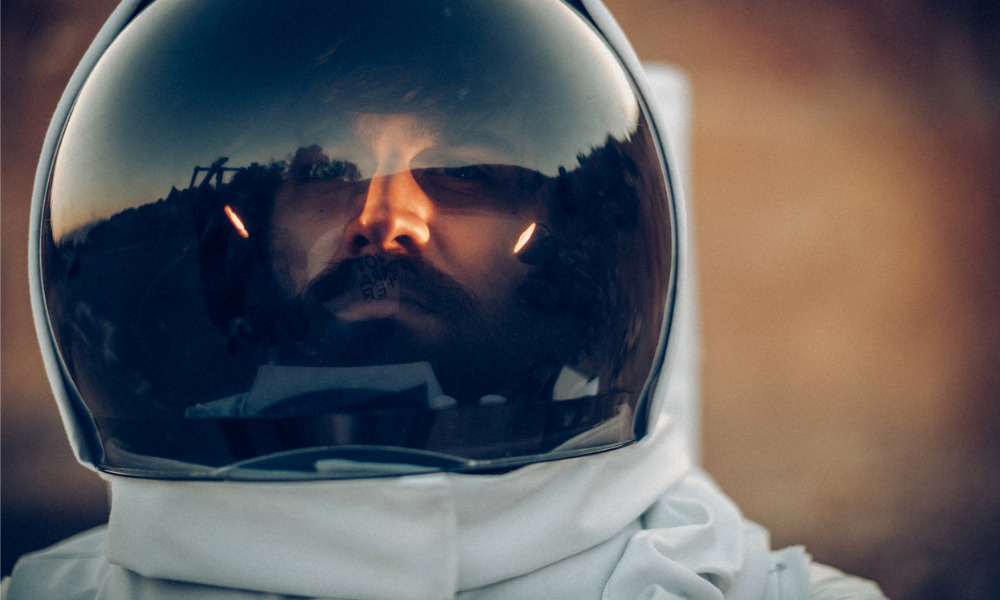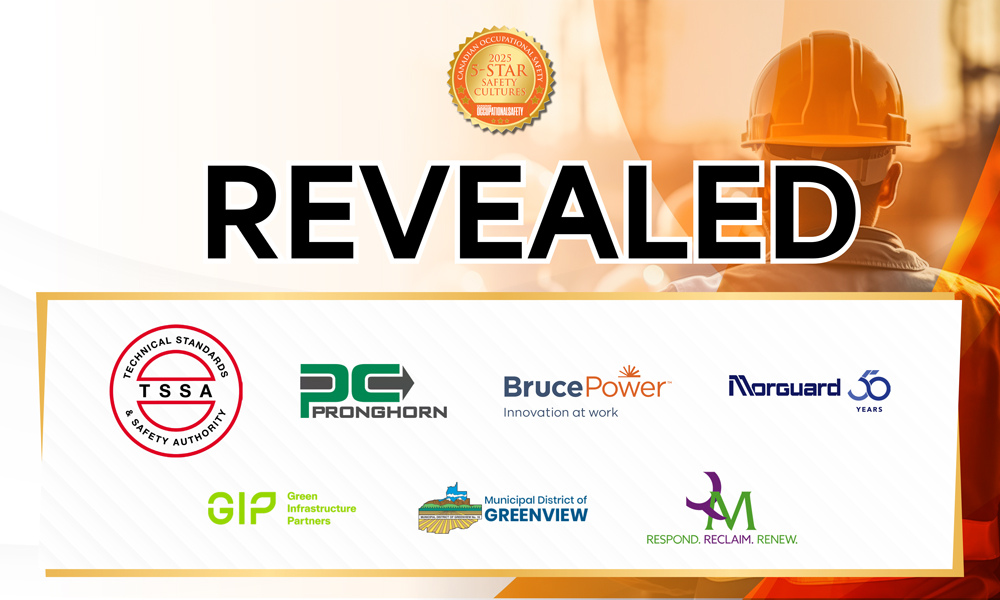'The things that you take for granted every day are so difficult to do in space that it forces you to innovate'

This week, April 12 marked the 60th anniversary of Yuri Gagarin becoming the first human to orbit the Earth.
Though hundreds of astronauts have been into space since 1961*, it remains no small feat and as we continue to push the boundaries of space exploration, it remains of the utmost importance that we do the best we can to protect the health of the brave men and women who venture into space.
COS recently spoke with Dorit Donoviel, Ph.D., Director, The Translational Research Institute for Space Health (TRISH), on this extraordinary topic.
TRISH
TRISH is a NASA funded consortium led by Baylor College of Medicine, based in Houston, Texas, with the California Institute of Technology (Caltech) and Massachusetts Institute of Technology (MIT). It works with the NASA Human Research Program to distribute funding for research and to develop strategies aimed at reducing the health and safety risks for astronauts in long-duration human exploration of space.
Dr. Donoviel says that the focus of the program is deep space, differentiated from low Earth orbit (LEO) which is where the International Space Station is (ISS).
“Our mission is to be thinking about a scenario where we are going to be sending humans to very far destinations, such as the Mars surface,” says Dr. Donoviel. “These are three year missions far away from Earth, where astronauts experience increased radiation exposure, reduced gravity, communication delays, no chance of resupply and a lot of autonomy.”
Recently, TRISH has expanded its Scientific Advisory Board with seven new thought leaders, including two female astronauts.
“It's really important to make sure that we have diversity on the board […] because the best solutions come from groups of people who really come from diverse perspectives,” says Dr. Donoviel.
These new board members will help expand external viewpoints on topics such as public health, particularly in the pharmaceutical industry. Being on the cutting edge of medicine is essential to ensure optimal astronaut health.
Deep space safety
There are a number of health and safety risks facing these long-term explorers – the celestial environment itself is, of course, dangerous! For example, “the zero-gravity environment is very bad for the health of bones, muscles and your heart,” says Dr. Donoviel.
As such, the astronauts will need to be provided with an exercise capability that manages to keep the heart, muscles and bones in peak shape (the difficulty comes when trying to figure out how to fit these capabilities in such a compact space).
The program is also preoccupied with keeping air and water clean and making sure that there are no micro organisms growing in the self-contained space that can’t be dealt with. Those on board will need to know how to fix the ship on the fly.
Another issue, being so far from Earth, is that those on board will have to take all necessary medication with them – some of which have never been tested for long term stability. And astronauts on board will need a wealth of medical knowledge at their fingertips.
“We can't predict everything that happens,” says Dr. Donoviel. “You have to be able to diagnose and treat autonomously because with the time delay, telemedicine support may not be timely enough.”
In addition to medicine, food supplies are also a concern.
“[Astronauts] are not going to be able to have fresh foods on a three-year mission – imagine living out of packaged food for that long,” she says. There is a lot of concern around packaged food, notably with regards to its nutritional value as certain vitamins degrade over time: “We can't just send Twinkies even though they last forever!”
Mental health
And it is also essential to consider psychological well-being.
“[The astronauts] are going to be in a very confined space for long periods of time,” she says. “They are not going to be able to look down, see the beautiful Earth and pick up the phone to talk to their family members.” (In deep space, the distance from Earth creates a very long delay – between 20 and 40 minutes).
“You can’t have a meaningful conversation with your loved ones, and that’s a concern,” says Dr. Donoviel.
Not to mention that the crew also needs to get along and work well together.
Another big question is how do you keep astronauts entertained and stimulated during years long missions “without having a change of seasons, or feeling grass under your feet or wind in your hair for that long of a period?” She asks.
Return from space
Once these astronauts have finished their dangerous mission in space, a whole other component to consider is their return to Earth. There is certainly data out there for astronauts returning from low Earth orbit missions – for deep space missions, less so.
Learning what happens to people exposed to deep space radiation for a long period of time is something that TRISH is interested in.
“Longitudinal health is really important,” says Dr. Donoviel. “As an employer NASA […] has the mandate to track the health of their astronauts […] and make sure that [they] don't expose them to situations that will greatly reduce their life span or quality of life.”
One major concern, she says, is elevated space radiation exposure. Certain limits have to be put into place for the protection of the astronauts.
But these limits depend on a whole host of factors (age, gender, genetic predisposition, previous exposure, etc.). Further, the data that is used to develop these models may be flawed as it is often based on animal exposure data.
“We do know that there are certain risks of radiation. We know ratings and the type of radiation they will be exposed to in space will affect different organ systems, we have some understanding from the animal models – but we don't know how the humans will do,” says Dr. Donoviel. “Essentially, developing an upper limit as far as protecting [astronauts’] health and safety is more of an art than a science at this point.”
Safety on Earth
Though space health may seem far removed from more Earthly occupational health and safety concerns, advances made in that sphere could potentially be of interest to safety pros.
“The space environment is a forcing function,” says Dr. Donoviel. “It forces those looking for solutions to think creatively.”
“The things that you take for granted every day are so difficult to do in space that it forces you to innovate,” she says. “Sometimes you don't even realize that you can do something better until the day comes when you can't do it the way you used to always do it.”
She urges safety pros to look for the extreme cases, to challenge themselves and think of how things would be solved if you were millions of miles away from Earth with limited resources: “How would you solve that problem? Because if you solve those problems, it'll help you get to a place where you're doing it much better here on Earth as well.”
*A bit of Canadian space trivia for those who are interested! Current Minister of Foreign Affairs Marc Garneau became the first Canadian in space in 1984, while retired Canadian astronaut Chris Hadfield became the first Canadian to conduct a spacewalk in 2001. Since 1983, 14 Canadians have been selected to become astronauts.





